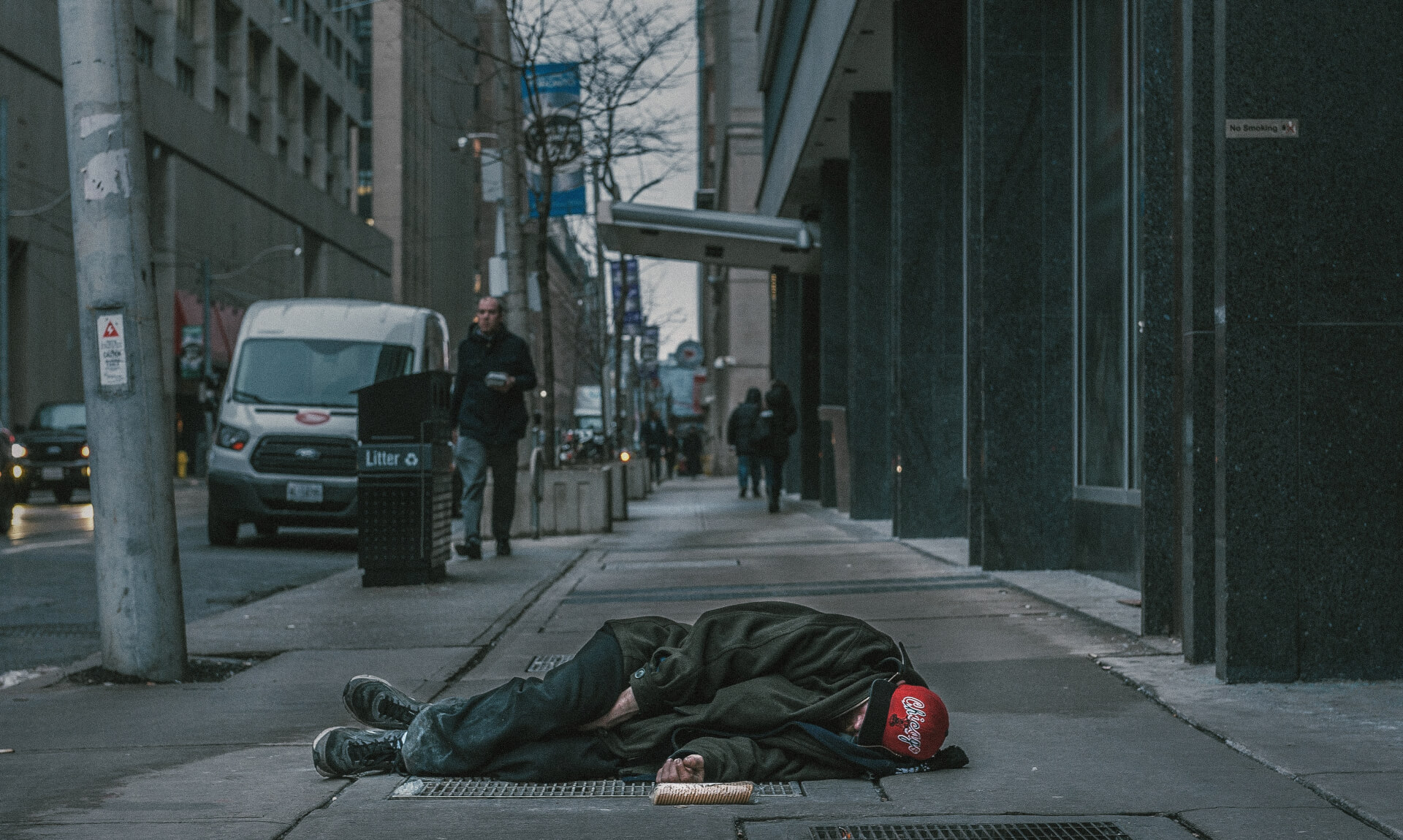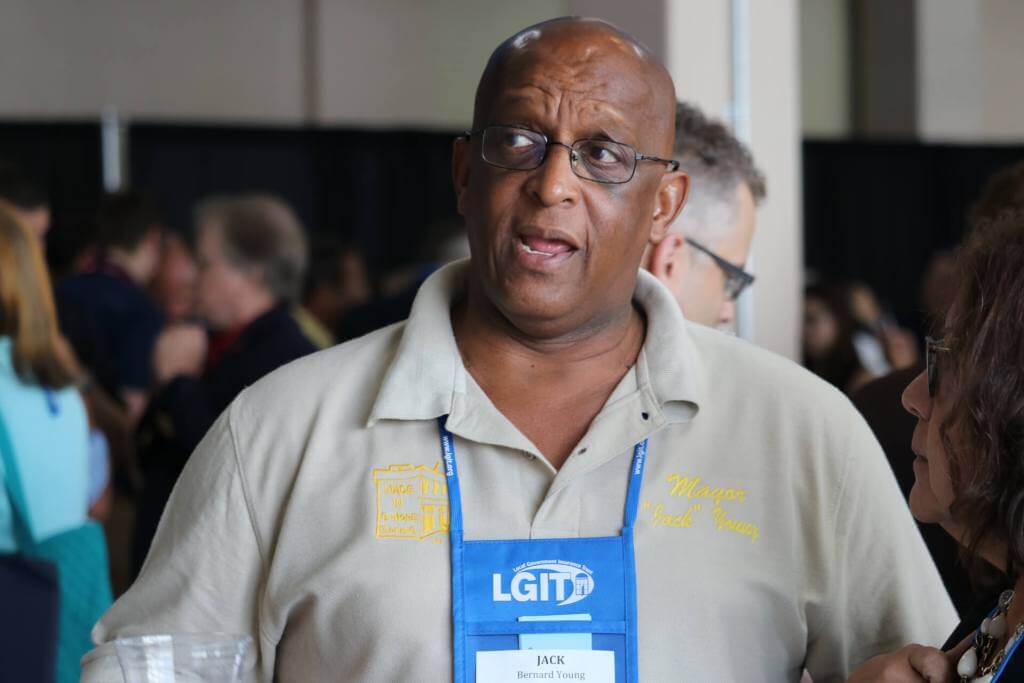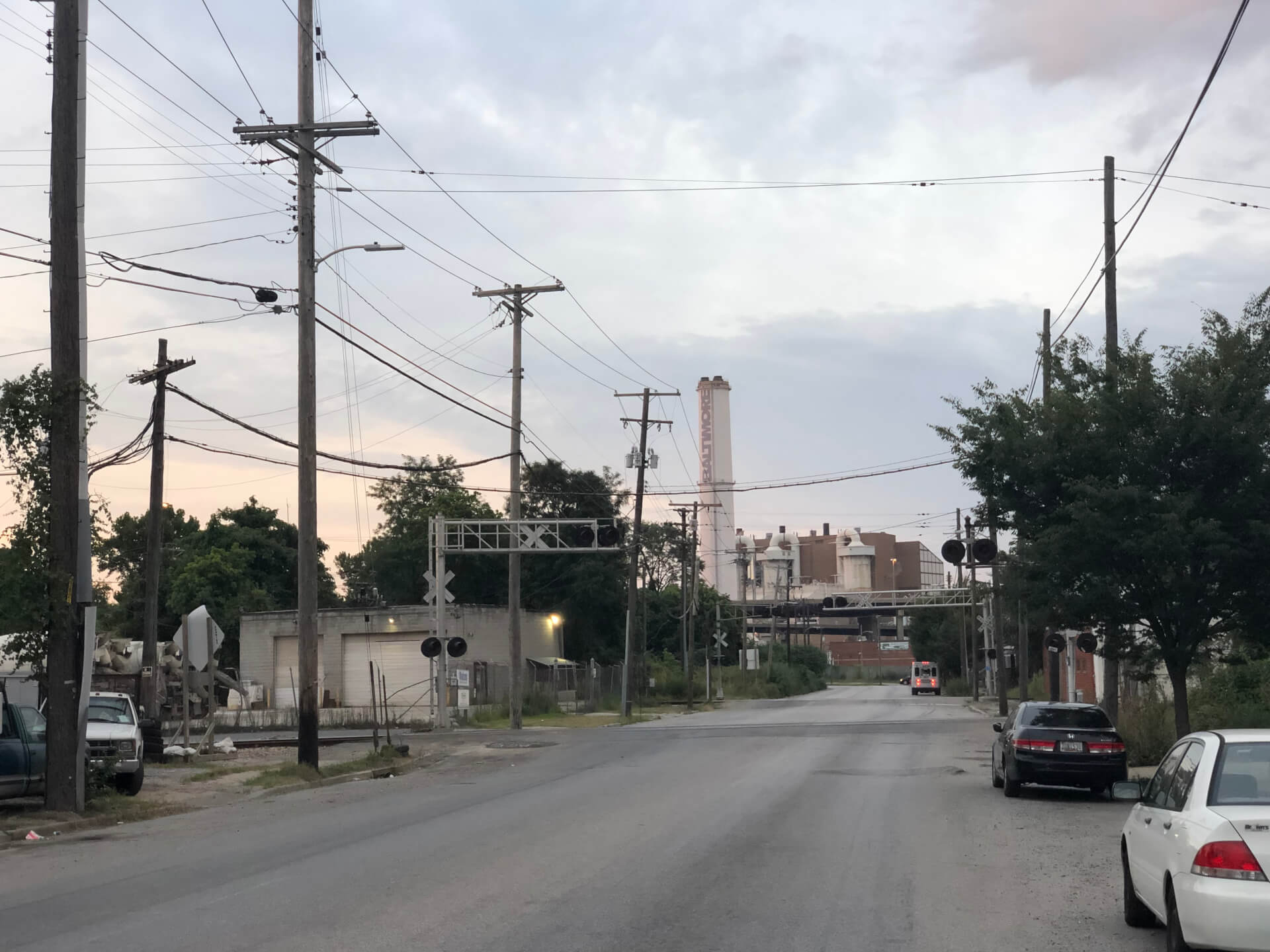Baltimore Creates ‘Critical Interventions’ for Homeless Population During Pandemic

The Baltimore City Mayor’s Office of Homeless Services is moving some individuals to contracted motels as the city attempts to expand protections for the city’s homeless population during the COVID-19 pandemic.
Baltimore City has approximately 800 homeless individuals across its shelter system. The most recently available data indicates that in January 2019, there were 380 unsheltered homeless people in the city.
As of Tuesday, Baltimore had 459 confirmed cases of COVID-19 — nearly 11% of the state’s total reported case count.
Baltimore City Mayor Bernard C. “Jack” Young (D) said during a virtual meeting Tuesday that the city’s pandemic response plan revolves around a series of key points, which he called “critical interventions.” These include:
- Emergency shelter assessment and testing
- Hospital discharge protocol
- Isolation sites
- Expanding capacity for social distancing in shelters
- Outreach to people experiencing unsheltered homelessness
The first intervention step is emergency shelter assessment and testing, which is an attempt to prevent or identify potential COVID-19 cases in congregate shelters.
Hannah Roberts of the Mayor’s Office of Homeless Services said that the city began this process in March at its main emergency shelters before branching out to other congregate facilities, adding that officials have directed shelters to begin screening for COVID-19 regularly.
Roberts said that if a shelter finds a resident to be symptomatic, the shelter should consult Health Care for the Homeless, which will screen them by phone and, if necessary, test them at their clinic. From there, they will be transported to a motel for isolation while they await their results.
When a homeless individual is released from care, medical facilities have been directed to follow hospital discharge protocol that the Mayor’s Office of Homeless Services released in conjunction with the city’s health department. Roberts said that this critical intervention step was put in place to ensure that patients have somewhere to go before being discharged to congregate facilities.
If it’s determined that a symptomatic or diagnosed patient has no home to return to, they will be referred to the health department and the Mayor’s Office of Homeless Services to ensure that they are discharged to an isolation site.
The motels that homeless individuals are being sent to serve as isolation sites, affording people the ability to socially isolate as they recover or await their results. Office of Homeless Services Director Jerrianne Anthony said that her office is in constant contact with each site resident to ensure that they have what they need.
So far, the Mayor’s Office of Homeless Services has served 56 symptomatic individuals in this capacity.
Anthony said officials are actively attempting to create more space for social distancing at their emergency shelters as well. She said that oftentimes these facilities are full and residents find themselves sleeping in close quarters, with as little as two feet between them.
On Monday, the Mayor’s Office of Homeless Services announced that homeless people over the age of 62 will begin to be transported to and housed in city motels with the expectation that 150 individuals will be transferred this week. Anthony said that they will eventually phase into housing younger individuals as well.
Those under 62 who remained sheltered at the Monument Street Men’s Shelter were moved to a different space for social distancing purposes Tuesday.
Unsheltered people are not eligible to be moved to motels at this point but are receiving services under the pandemic as well.
Anthony said that the city’s homeless outreach teams have shifted their focus from providing engagement services to tactical operations, ensuring that this population has necessary supplies like hygiene products, nourishment and guidance on COVID-19.
During the briefing, Anthony and her team fielded questions about the feasibility of moving a greater portion of the city’s homeless population to motels. She cited budgetary constraints as a deterrent, adding that not everyone wants to be moved.
“We’ve had, you know, a difficult time really explaining to people … what’s happening with COVID, trying to help them to understand why moving to a motel setting may be in the best interest,” she said.
Deputy of Operations for the City of Baltimore Sheryl Goldstein added that it’s been challenging to find the staff to maintain the three motels the city has contracted with at this time.
“Our goal is to help every homeless individual who would want to be housed in that in a hotel or other types of settings. We are limited, not so much by hotel capacity, but by staffing capacity,” Goldstein said.




 Creative Commons Attribution
Creative Commons Attribution